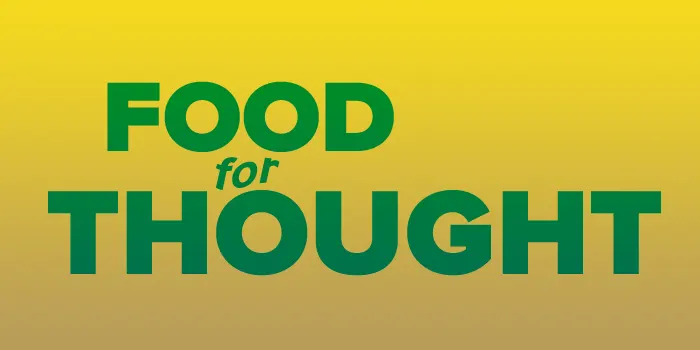A generation ago, Bruce Springsteen recorded a song that didn’t really sound like something he’d do. It sounded a little more like 1960s-1970s R&B, mixed with a little bit of Dire Straits. He called it, “57 channels and nothing on.”
Of course you can listen to it now because the internet literally has everything. Back then, 57 channels sounded like a lot of entertainment. Today of course you can get up to 110 channels with an antenna, plus a couple hundred more over satellite. Then there are the 500 or so live streaming channels available for free, and the entire internet and streaming app infrastructure.
And yet, it still feels sometimes like there’s nothing on. I hate to tell you, with the recent writers’ and actors’ strikes, it may feel that way for a while more. Even if those strikes had been short – and they’ve already gone on a while – the damage to the entertainment pipeline would already be done. Fall TV is probably out of the question, and you can expect your favorite shows to be delayed for months to come. It could be 2025 before we see any return to “normalcy” in TV watching.
Choice paralysis
You’ve probably head that term, or you may have heard the term “paralysis by analysis,” which is the same thing. It’s the idea that, presented with only two or three choices you’ll pick one and be happy. But presented with 100 choices you’ll be dissatisfied with all of them. If you’ve sat there, scrolling through Netflix for 20 minutes, you know the feeling.
I think we’re about to see if removing some of that choice actually leads to happier people. It should be an interesting experiment.
The thing is, even if there’s no new content for the whole rest of 2023, there’s still a ton of stuff out there. This is a chance for some forgotten gems to rise back into the public consciousness. Whether it’s a recent film like RRR which really deserves to be seen more, or a classic like His Girl Friday which sparkles as much now as when it was made 80 years ago, there’s still a lot to see. The question is, will these classics get the play they deserve, or will people’s attention go elsewhere?
The doomsday scenario for Hollywood
Here’s the worst thing that could happen to the studios. YouTube and TikTok become even more popular than ever. Amateur creators step up and become even more of a mighty force in the world of entertainment. At the same time, people begin to realize that there was great stuff made in the 20th century that deserves to be seen. Instead of thinking that “there’s nothing on,” people’s eyes get opened to all the great stuff that’s been on all this time.
The effect on the creative industries could be catastrophic. Hollywood is built on the idea that it costs a lot of money to entertain people. Everyone from actors to craft services makes money when new productions are being done. We saw that during lockdown. A lot of people lost a lot of money. The losses spread across the industry, affecting a lot more people than anyone expected.
This strike could permanently put a lot of people out of business and at the same time, strip the power out of the union system. Independent, non-union creators stepping up successfully is the nightmare of every studio executive, and let me tell you, it’s very possible. With just the equipment I have in my home office, I could make content that’s as slick as the Hollywood Studios. Don’t believe me? Remember that the six folks generating the effects for Everything Everywhere All at Once all used consumer-grade computers, working in their homes.
The lessons from the last strike
The last time the writers’ guild went on strike was 2007-2008. That strike had lasting effects that we didn’t really understand for several years. The first and most immediate was that reality competition television, which was on its way out in 2007, roared back and has become a staple today. The second was that many people started to stream video who hadn’t ever done that before. YouTube, which was only two years old when the strike started, went from being a “nice idea” to a national sensation. Hulu was only a few days old when the writers went on strike. Back then, a lot of folks (myself included) didn’t believe people would stream old TV shows. I guess the joke’s on me.
The real legacy of the last writers’ strike was that more writers moved away from traditional TV and went to writing for streaming apps. They did so before anyone understood streaming’s impact, and as a result many of them feel underpaid today. It’s hard to know what the impact of this current strike will be, especially with actors striking in solidarity. I just have a feeling it won’t be good.





